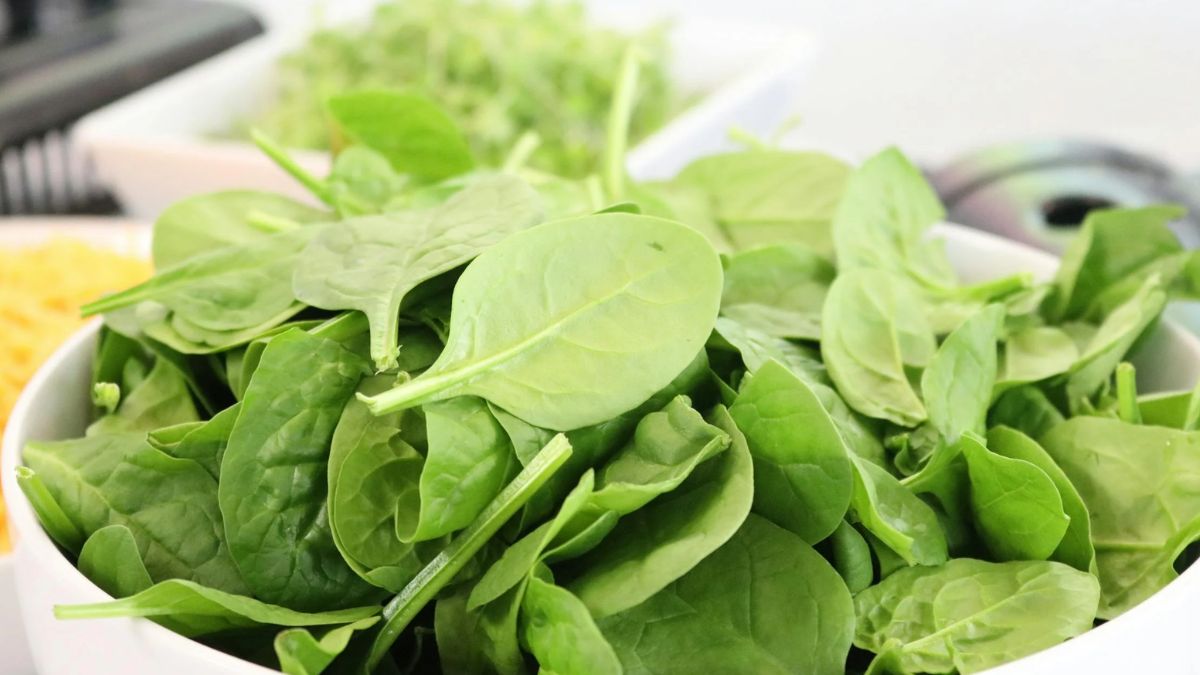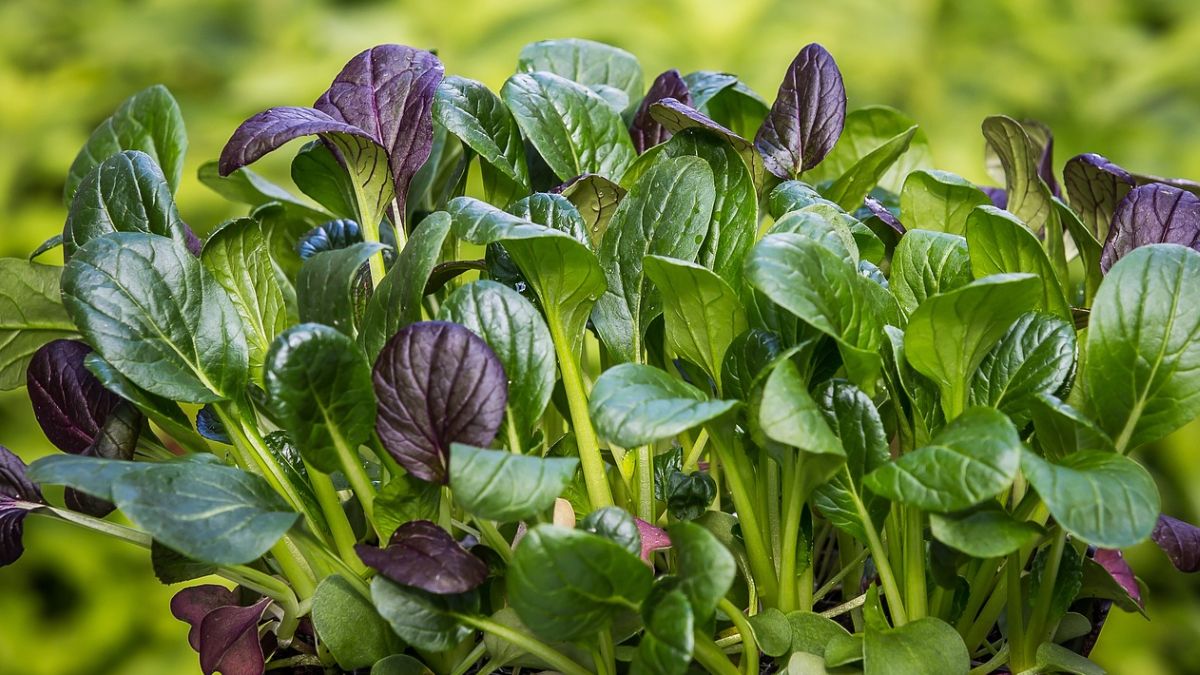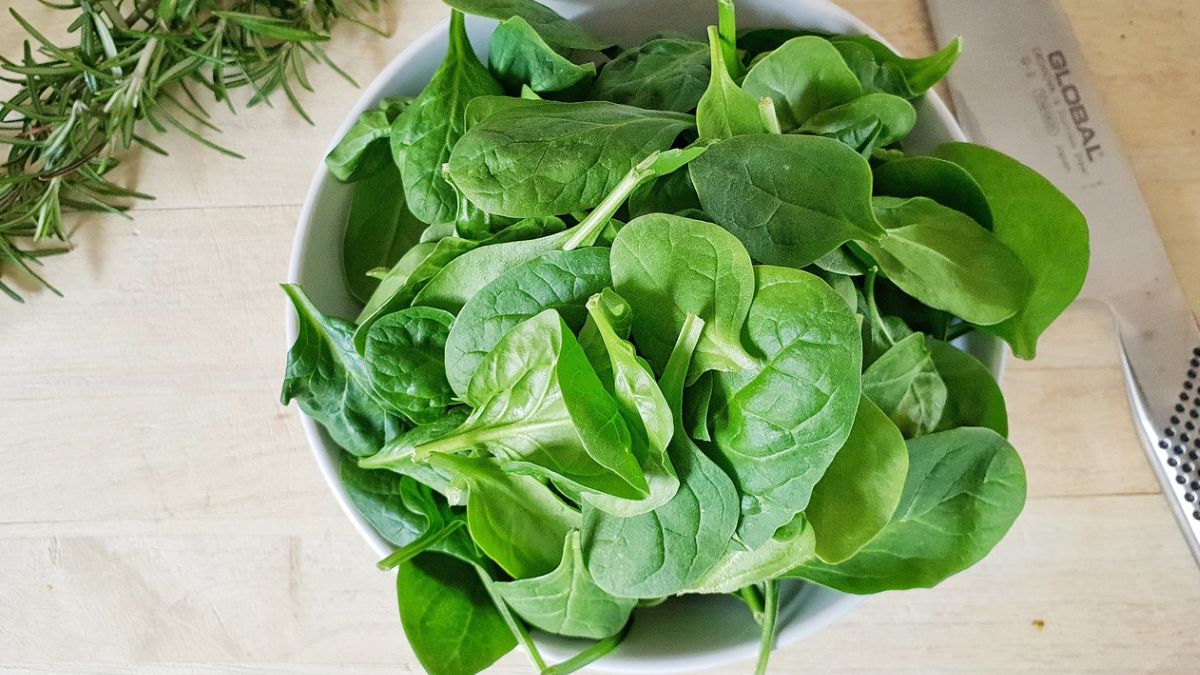Spinach, with its vibrant green leaves and nutrient-rich profile, is a beloved vegetable that has been cherished for centuries for its culinary versatility and health benefits. From salads and smoothies to soups and stir-fries, spinach adds a burst of color, flavor, and nutrition to countless dishes. In this article, we’ll explore the top 10 fascinating facts about spinach, shedding light on its nutritional value, historical significance, and culinary uses.
Nutritional Powerhouse
Spinach is renowned for its exceptional nutritional content, making it a staple in healthy diets worldwide. Packed with vitamins, minerals, and antioxidants, spinach is a nutrient powerhouse that supports overall health and well-being.
Rich in Iron
Contrary to popular belief, spinach is not as high in iron as once thought. However, it still contains a significant amount of this essential mineral, along with vitamin C, which enhances iron absorption in the body.

Versatile Culinary Uses
Spinach is incredibly versatile and can be enjoyed raw or cooked in a variety of dishes. Whether tossed in salads, sautéed with garlic, or blended into smoothies, spinach adds a nutritious boost to any meal.
Popeye’s Favorite Food
The fictional cartoon character Popeye the Sailor Man popularized spinach as a symbol of strength and vitality. In the comic strip and animated series, Popeye would consume spinach to instantly gain superhuman strength and defeat his adversaries.
Ancient Origins
Spinach has a long and storied history, with origins dating back to ancient Persia (modern-day Iran). It was later introduced to China, where it became known as “Persian vegetable,” before spreading to Europe and eventually the rest of the world.

Superfood Status
Spinach is often hailed as a superfood due to its impressive array of nutrients and health benefits. From supporting heart health and promoting healthy digestion to boosting immunity and aiding weight loss, spinach offers a multitude of wellness perks.
Low in Calories, High in Nutrients
Spinach is an excellent choice for those looking to maintain a healthy weight, as it is low in calories but high in essential nutrients. Incorporating spinach into your diet can help you feel full and satisfied while nourishing your body with essential vitamins and minerals.
Cultivation and Harvesting
Spinach is a cool-season crop that thrives in temperate climates with well-drained soil and ample sunlight. It can be grown from seeds or transplants and is typically harvested when the leaves are young and tender for optimal flavor and texture.

Spinach Varieties
There are several varieties of spinach, including flat-leaf (smooth-leaf) spinach, savoy (crinkled-leaf) spinach, and semi-savoy spinach. Each variety has its own unique flavor, texture, and culinary uses, offering endless possibilities for creative cooking.
Culinary Heritage
Spinach is a beloved ingredient in cuisines around the world, from Mediterranean dishes like spanakopita (Greek spinach pie) to Indian curries and Italian pasta dishes. Its versatility and nutritional value have made spinach a culinary staple in diverse cultures for centuries.
Spinach is much more than just a leafy green vegetable – it’s a nutritional powerhouse with a rich history and a multitude of culinary uses. Whether you’re looking to boost your nutrient intake, add flavor to your meals, or channel your inner Popeye, spinach is a versatile and nutritious addition to any diet. So, next time you’re at the grocery store, be sure to grab a bunch of spinach and reap the many benefits that this humble leafy green has to offer.










